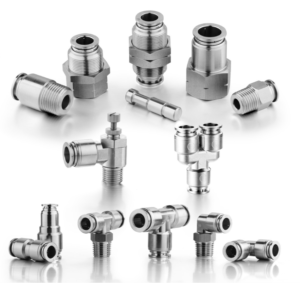Ensuring the safety of drinking water is a critical concern for both consumers and industry professionals. The materials used in plumbing systems play a vital role in maintaining water quality and safety. Among the various options available, stainless steel fittings have emerged as a popular choice due to their durability and resistance to corrosion. However, many people still question whether stainless steel fittings are safe for drinking water. In this article, I will provide an in-depth exploration of stainless steel fittings, their properties, advantages, potential concerns, and best practices for ensuring their safety in drinking water applications.
What Are Stainless Steel Fittings?
Stainless steel fittings are components used to connect pipes and tubes in various plumbing and industrial applications. They come in several types, including threaded fittings, push-to-connect fittings, barbed fittings, and quick couplers. The primary composition of stainless steel includes iron, chromium, and often nickel, which contribute to its unique properties.
The chromium content in stainless steel forms a protective layer of chromium oxide on the surface, preventing rust and corrosion. This characteristic is particularly important in applications involving water, where exposure to moisture can lead to degradation in other materials. The specific grades of stainless steel, such as 304 and 316, are commonly used in plumbing due to their excellent mechanical properties and resistance to environmental factors.
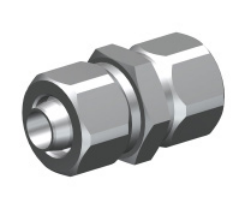
Why Are Stainless Steel Fittings Commonly Used in Drinking Water Systems?
1. Corrosion Resistance
One of the most significant advantages of stainless steel fittings is their exceptional resistance to corrosion. Unlike materials such as iron or carbon steel, which can rust and deteriorate when exposed to water, stainless steel fittings maintain their integrity over time. This corrosion resistance is vital in drinking water systems, as it helps preserve water quality and prevents contaminants from leaching into the water supply.
The protective chromium oxide layer not only prevents rust but also allows stainless steel to withstand a variety of corrosive environments, including those with high levels of chlorine or other disinfectants commonly used in water treatment. This makes stainless steel fittings particularly suitable for municipal water systems and residential plumbing.
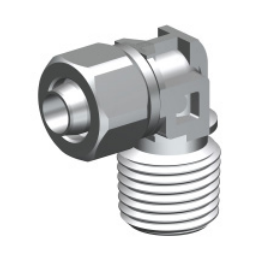
2. Durability and Longevity
Stainless steel fittings are known for their durability and long lifespan. They can withstand high pressures and temperatures, making them suitable for various applications, including hot water systems. When properly installed and maintained, stainless steel fittings can last for decades, reducing the need for frequent replacements and repairs.
This longevity translates to cost savings in the long run, as you won’t have to worry about replacing fittings as often as you might with other materials. Additionally, the strength of stainless steel means that it can handle the stresses of water flow without deforming or failing, ensuring a reliable connection in your plumbing system.
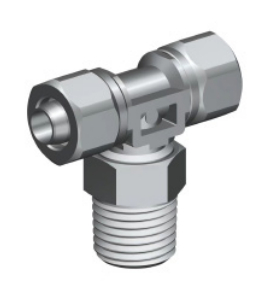
3. Non-Toxicity
Another significant advantage of stainless steel is its non-toxic nature. Unlike some plastics that can leach harmful chemicals into drinking water, stainless steel does not release any toxic substances. This makes it a safe choice for drinking water applications, ensuring that the water remains pure and free from contaminants.
The absence of harmful chemicals is particularly important for households and businesses that prioritize health and safety. Stainless steel fittings do not impart any taste or odor to the water, further enhancing the quality of the drinking water supplied through these systems.
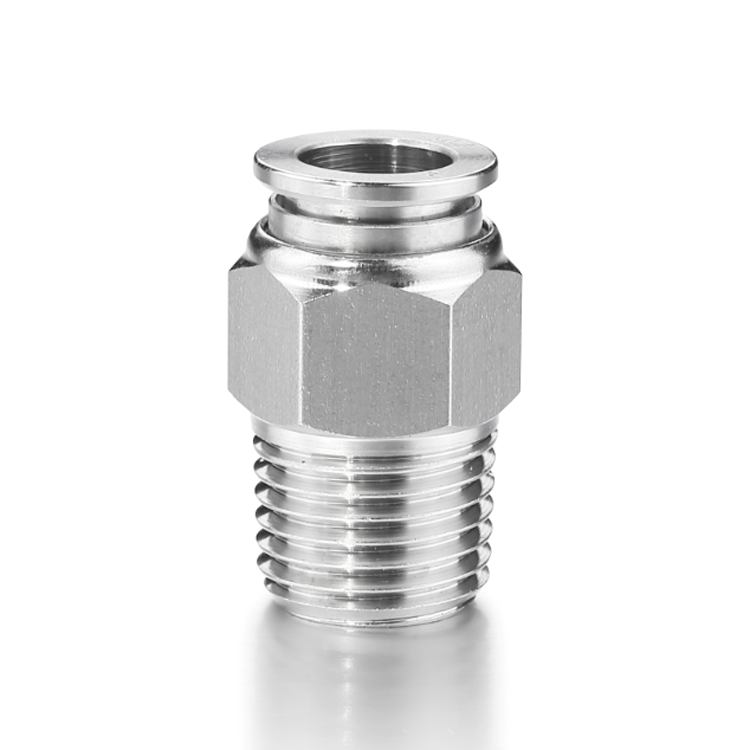
Are There Any Concerns with Using Stainless Steel Fittings for Drinking Water?
1. Nickel Allergies
While stainless steel is generally safe for drinking water, it’s important to note that some grades of stainless steel contain nickel. For individuals with nickel allergies, this can pose a concern. Although the risk of allergic reactions from stainless steel fittings in plumbing systems is low, it’s still worth considering if you or someone in your household has a known sensitivity to nickel.
In most cases, the nickel content in stainless steel fittings is not enough to cause allergic reactions, especially when the fittings are used in plumbing systems where they are not in direct contact with the water for extended periods. However, if you have concerns, opting for nickel-free stainless steel grades or alternative materials may be advisable.
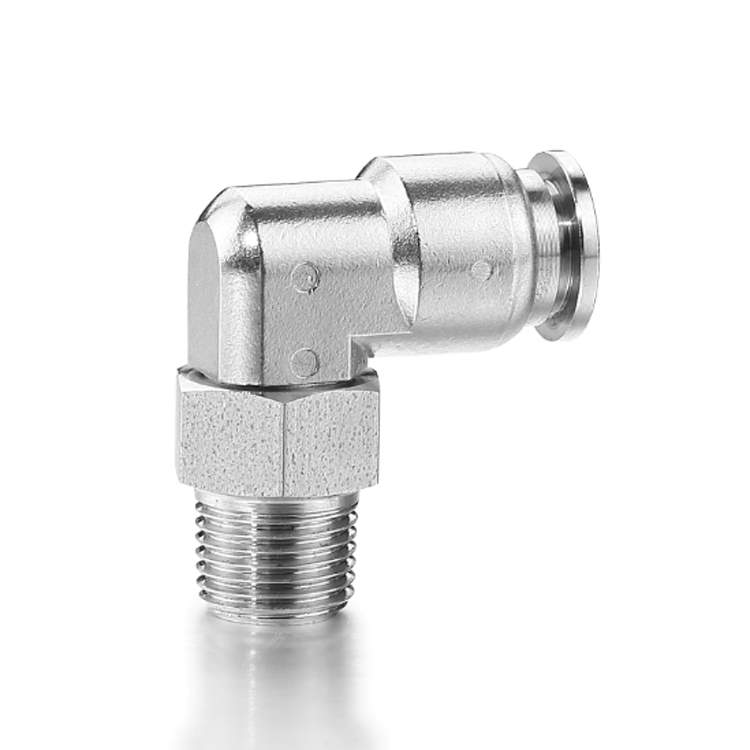
2. Potential for Contamination
Improper installation or maintenance of stainless steel fittings can lead to contamination issues. For example, if fittings are not cleaned properly before installation, residues from manufacturing or handling can introduce contaminants into the water supply. Additionally, regular maintenance is essential to ensure that fittings remain free from buildup or corrosion that could affect water quality.
Using high-quality fittings and following best practices during installation can help mitigate these risks. It’s also important to ensure that any tools or materials used during installation are clean and suitable for drinking water applications.
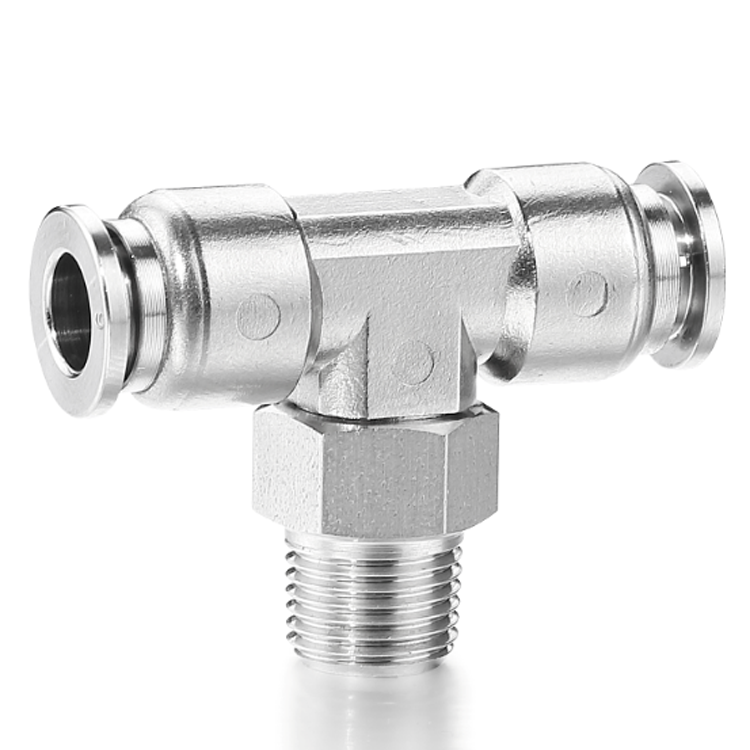
3. Cost Considerations
While stainless steel fittings offer numerous benefits, they can be more expensive than alternatives like plastic or copper fittings. However, it’s essential to consider the long-term value of investing in stainless steel. The durability and longevity of stainless steel fittings often outweigh the initial cost, especially when you factor in the potential savings from reduced maintenance and replacement needs.
When evaluating the cost of stainless steel fittings, consider the overall lifecycle cost, including installation, maintenance, and potential replacement costs. In many cases, the initial investment in stainless steel can lead to significant savings over time.
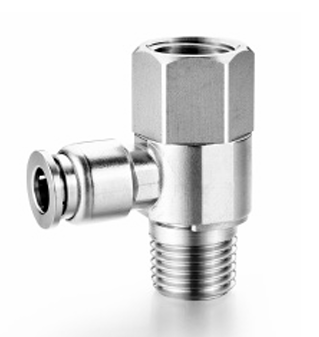
How to Ensure the Safety of Stainless Steel Fittings in Drinking Water Applications
1. Choosing the Right Grade of Stainless Steel
Not all stainless steel is created equal. Different grades of stainless steel, such as 304 and 316, have varying levels of corrosion resistance and suitability for drinking water applications. Grade 304 is commonly used for general plumbing, while Grade 316, which contains molybdenum, offers enhanced corrosion resistance, making it ideal for environments with higher exposure to chlorides, such as coastal areas. Selecting the appropriate grade based on your specific application is crucial for ensuring safety and performance.
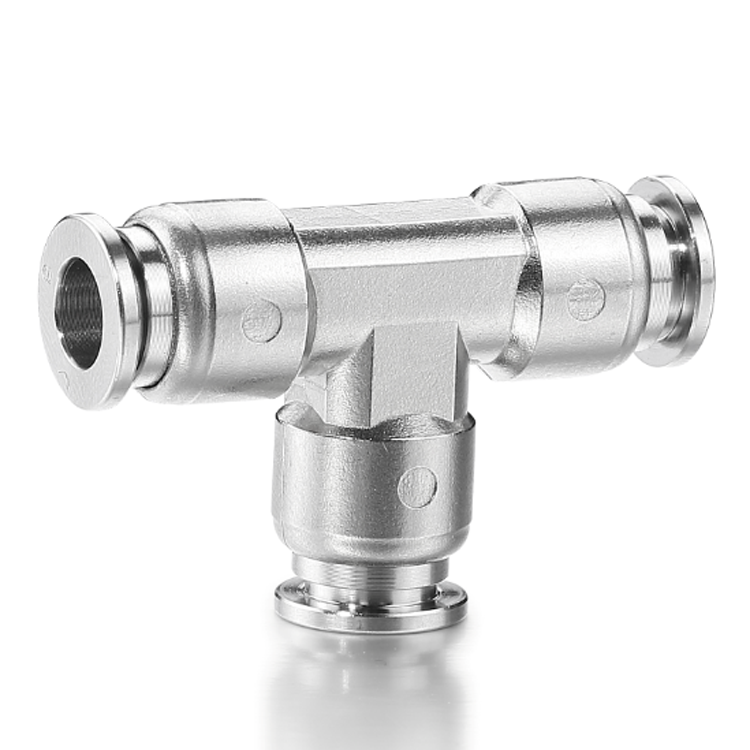
2. Proper Installation and Maintenance
To maximize the safety and longevity of stainless steel fittings, proper installation and regular maintenance are essential. Ensure that fittings are installed by qualified professionals who understand the specific requirements for drinking water systems. Regular inspections and maintenance can help identify any potential issues before they become significant problems. Cleaning fittings and checking for signs of wear or corrosion will help maintain water quality and system integrity.

3. Compliance with Standards
Ensure that the stainless steel fittings you choose comply with relevant industry standards and regulations for drinking water systems. In many regions, there are specific guidelines governing the materials used in plumbing systems to ensure safety and quality. Familiarizing yourself with these standards can help you make informed decisions and ensure that your plumbing system meets all necessary requirements.
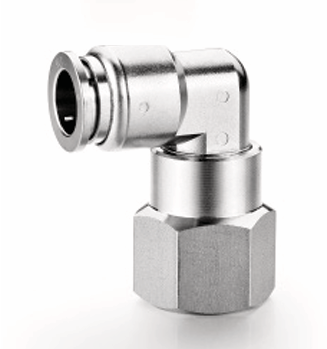
Conclusion
In conclusion, stainless steel fittings are a safe and reliable choice for drinking water applications. Their corrosion resistance, durability, and non-toxic nature make them an excellent option for maintaining water quality. While there are some concerns, such as nickel allergies and the potential for contamination, these can be effectively managed through proper selection, installation, and maintenance practices.
If you’re considering stainless steel fittings for your drinking water systems, take the time to evaluate your specific needs and consult with professionals to ensure you make the best choice. By prioritizing safety and quality in your plumbing materials, you can enjoy peace of mind knowing that your drinking water is safe and pure. If you have further questions or need assistance with pneumatic fittings and tubings, feel free to reach out for expert guidance.

